Harold C. Schott II, DVM, PhD, DACVIM
Articles by Harold C. Schott II, DVM, PhD, DACVIM
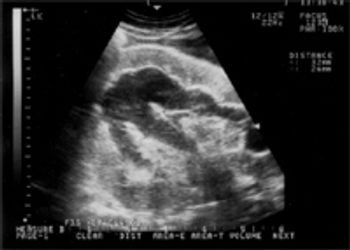
A 5-year-old Oldenburg gelding used for dressage, was presented for evaluation of mild bouts of recurrent colic, more frequent over the past month. The colic signs included flank watching and intermittent sternal recumbency and were either self-limiting or responsive to a single dose of Banamine.

Management of Equine Metabolic Syndrome (EMS), the most accepted term for a syndrome of middle-aged obesity accompanied insulin resistance (IR) and insidious-onset laminitis, can be challenging as it primarily involves client education and acceptance to comply with dietary recommendations to effect weight loss.

Management of pituitary pars intermedia dysfunction (PPID) in equids consists of improved husbandry, including adequate nutrition and limiting competition for feed, body-clipping, dentistry, and appropriate treatment of concurrent medical problems. In addition, specific treatment with the dopamine agonist pergolide can improve quality of life and reverse many clinical signs of the disease in PPID-affected equids.

Although acute renal failure (ARF) remains a relatively uncommon problem in horses, it is a serious disorder that if not properly recognized and treated often has a poor outcome. Acute renal failure in the horse can develop as a complication of another disease process that causes hypovolemia (colic, colitis, hemorrhage, or exhaustion).
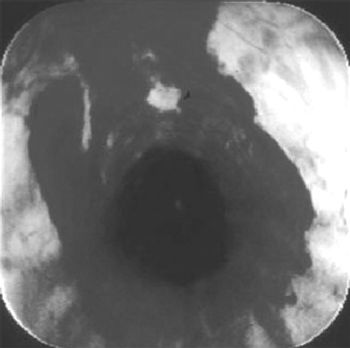
Hematuria can be a presenting complaint for a variety of disorders of the urinary tract. The problems causing hematuria can range from relatively minor disorders to more severe disease processes that may result in life-threatening hemorrhage.
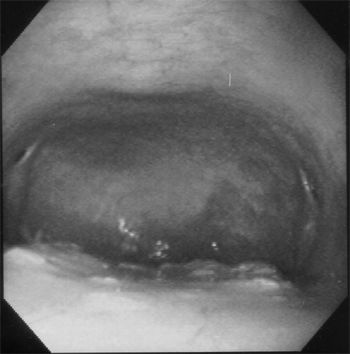
Urinary incontinence is a frustrating disorder in horses because establishing a definitive diagnosis for the cause, in the absence of other lower urinary tract or neurological signs, is difficult and substantial nursing care by the client is required to minimize urine scalding of the hind limbs.
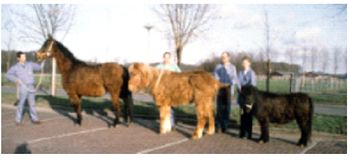
Although the frequency of diagnosis and treatment of pituitary pars intermedia dysfunction (PPID) in horses has clearly increased over the past decade, there is no evidence that the prevalence of PPID is actually increasing. Increased recognition of the disease is likely a consequence of clients maintaining their horses to more advanced ages as well as improved health care (e.g., diet and dentistry) being provided to older horses.
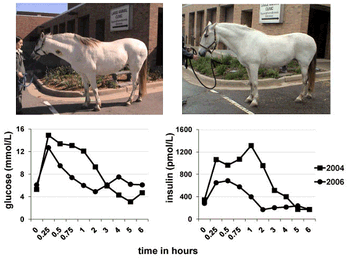
Middle-aged obesity (body condition score 7-9 on a scale of 1 to 9) accompanied by insidious-onset laminitis is a syndrome that has been recognized by equine practitioners for decades. Equine metabolic syndrome (EMS) is a recently coined name that has gained acceptance to describe this condition.
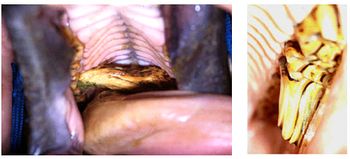
Weight loss or ill thrift is a common presenting complaint for many medical problems of horses. These cases can be frustrating because physical exam findings, including rectal palpation, are often unremarkable. However, an ordered approach to further evaluation is useful for equine practitioners to diagnose many medical disorders as well as to determine when referral to a hospital may be the next logical step.
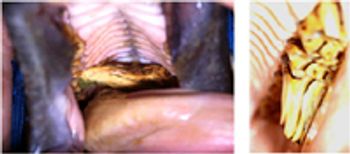
Weight loss or ill thrift is a common presenting complaint for many medical problems of horses.

In human and equine athletes, loss of body fluid in sweat during prolonged exercise exceeds voluntary fluid replacement.
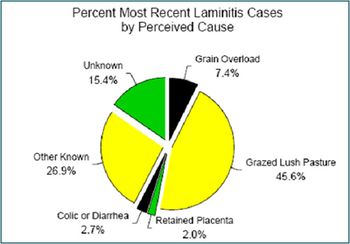
Middle-aged obesity (body condition score 7-9 on a scale of 1 to 9) accompanied by insidious-onset laminitis is a syndrome that has been recognized by equine practitioners for decades.

Management of pituitary pars intermedia dysfunction (PPID) in equids consists of improved husbandry, including adequate nutrition and limiting competition for feed, body-clipping, dentistry, and appropriate treatment of concurrent medical problems.

Management of Equine Metabolic Syndrome, the most accepted term for a syndrome of middle-aged obesity accompanied insulin resistance and insidious-onset laminitis, can be challenging as it primarily involves client education and acceptance to comply with dietary recommendations to effect substantial weight loss.
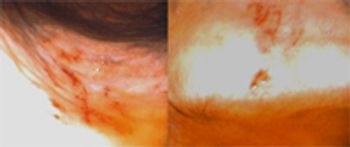
Hematuria can be presenting complaint for a variety of disorders of the urinary tract.
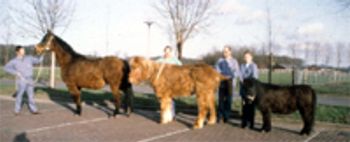
Although the frequency of diagnosis and treatment of pituitary pars intermedia dysfunction (PPID) in horses has clearly increased over the past decade, there is no evidence that the prevalence of PPID is actually increasing.

Although acute renal failure (ARF) remains a relatively uncommon problem in horses, it is a serious disorder that if not properly recognized and treated often has a poor outcome.


















